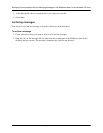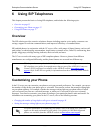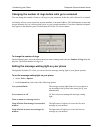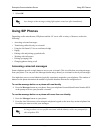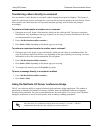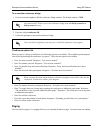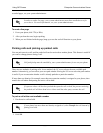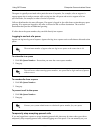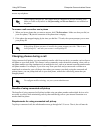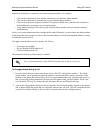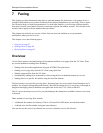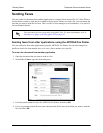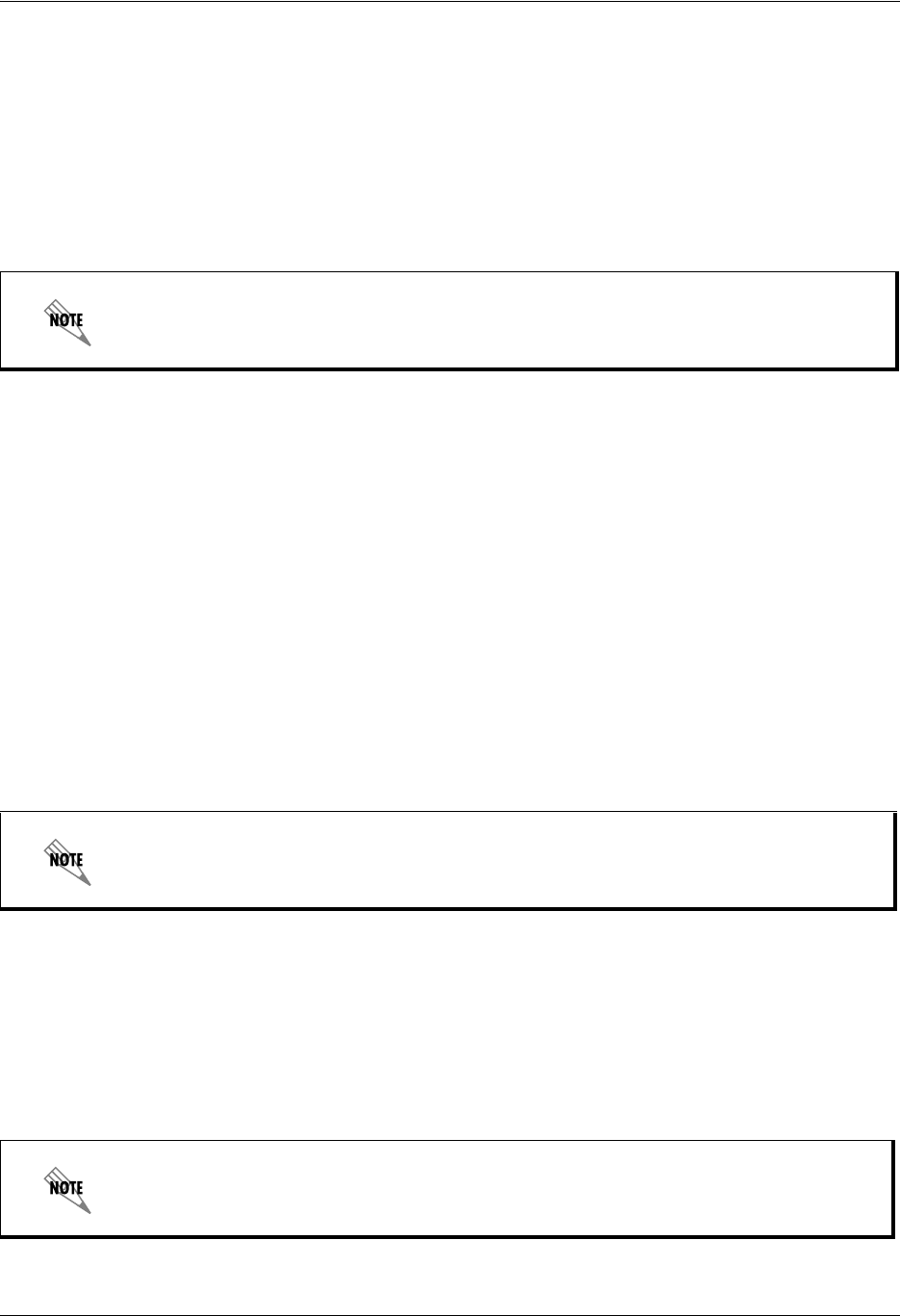
Enterprise Communications Server Using SIP Phones
619510003-1A Copyright © 2009 ADTRAN, Inc. 61
3. Note the hold position that plays over the telephone. The hold position is used by the person who
answers the parked call. The UC server selects the park number for the caller starting at 1, or the next
available higher number.
4. Press DIAL. The call is removed from the hold position, and put in the system park position.
To park a call at a selected park number
1. Put the active call on hold.
2. Dial *99.
3. Enter the number that you want to use as the park number. The hold position is used by the person
who answers the parked call. For example, if you enter 1234, then the call is parked at 1234, and can
be picked up at 1234.
4. Press DIAL. The call is removed from the hold position, and put in the park position.
To answer a parked call
1. Typically, a company announcement informs you that a call is on hold for you.
2. Dial *98. The system prompts you for the park hold position.
3. Dial the number of the park hold position. The system disconnects the current call and presents a new
call.
4. Answer the new call to speak to the parked caller.
Working with call queues
Call queuing allows incoming calls to be distributed to an individual within a specified group of agents.
The feature is useful for companies that handle a lot of incoming phone calls, and where the caller is not
trying to reach a specific individual, but wants to talk to a member of an agent group, such as a salesperson,
as quickly as possible. Call queuing allows callers to remain in a queue while they wait for their call to be
answered by the appropriate agent.
If your phone has more than one identity assigned to it, then Transfer the call instead of
putting it on hold.
If nobody answers the parked call, the call rings the extension that originally put the call
on system park.
The total number of simultaneous calls that can be queued in the system is 64.



